In the realm of modern manufacturing, CNC milling stands as a cornerstone technology, crucial for producing components with exceptional precision and efficiency. As industries strive to enhance their production capabilities, understanding how to optimize CNC milling processes becomes imperative. This article delves into strategies that streamline workflows, reduce cycle times, and improve the overall quality of machined parts.
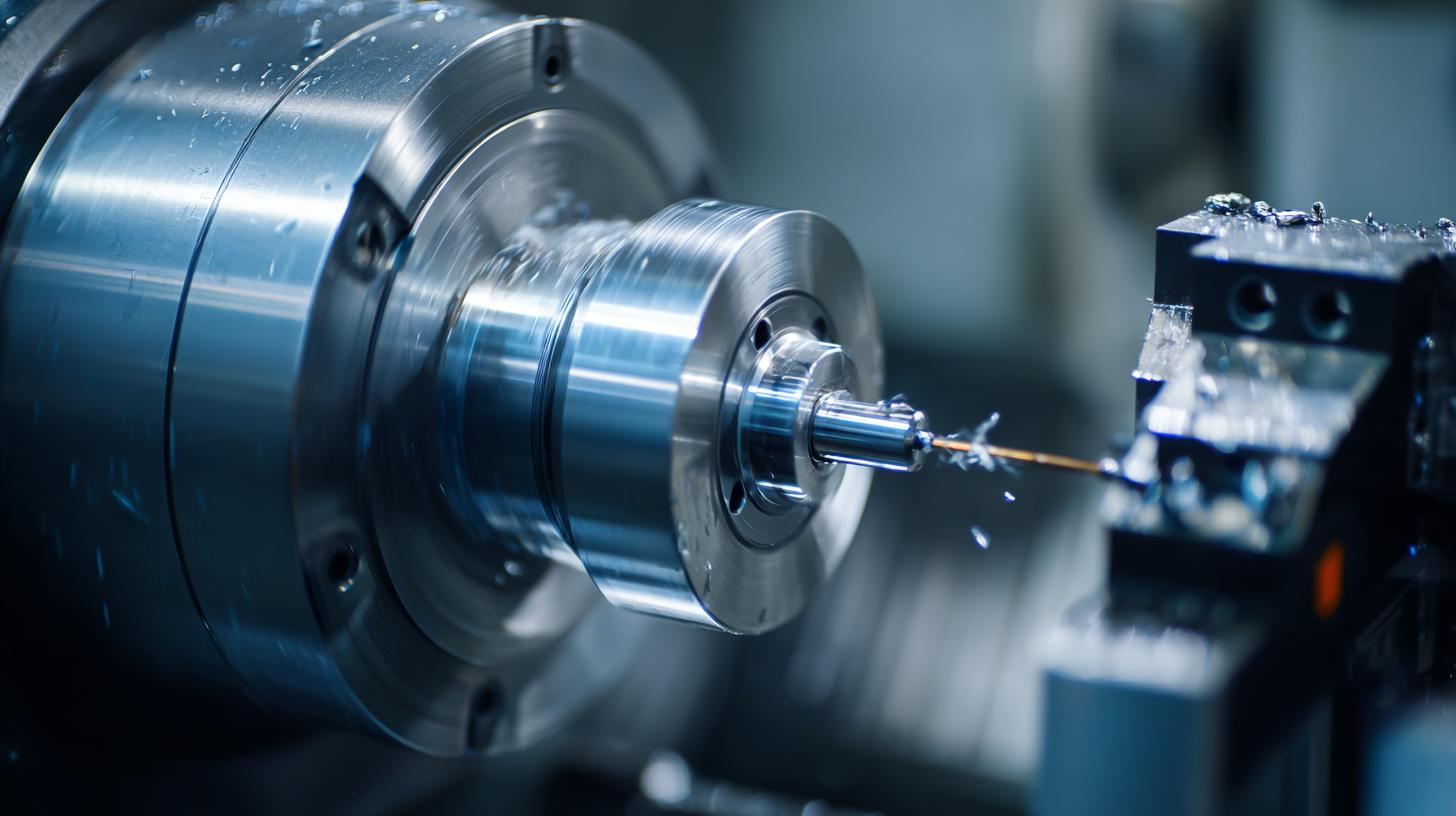 By applying cutting-edge techniques, such as advanced toolpath optimization, adaptive machining, and effective quality control measures, manufacturers can significantly elevate their CNC milling output. Additionally, embracing the latest technological advancements, such as Industry 4.0 principles and automated systems, can further enhance precision while reducing operational costs. This comprehensive guide aims to provide insights and practical tips for businesses looking to refine their CNC milling processes, ultimately leading to increased competitiveness in today’s fast-paced manufacturing landscape.
By applying cutting-edge techniques, such as advanced toolpath optimization, adaptive machining, and effective quality control measures, manufacturers can significantly elevate their CNC milling output. Additionally, embracing the latest technological advancements, such as Industry 4.0 principles and automated systems, can further enhance precision while reducing operational costs. This comprehensive guide aims to provide insights and practical tips for businesses looking to refine their CNC milling processes, ultimately leading to increased competitiveness in today’s fast-paced manufacturing landscape.
Understanding tolerances and material properties is essential for optimizing CNC milling processes to achieve enhanced precision. Tolerances define the allowable variations in dimensions and are crucial for ensuring the final product meets specific standards. In CNC milling, maintaining tight tolerances is vital, as even minor deviations can lead to significant issues in assembly and functionality. Engineers and machinists must carefully consider the required tolerances during the design phase to ensure machines are programmed and calibrated correctly, enabling consistent results.
Material properties also play a pivotal role in CNC milling accuracy. Different materials exhibit varying reactions to cutting tools, speeds, and feeds. For instance, metals like aluminum and steel behave differently under the same machining conditions. Understanding factors such as hardness, tensile strength, and thermal conductivity allows operators to select appropriate tools and optimize cutting parameters. By tailoring the CNC milling process to the specific characteristics of the material, manufacturers can reduce wear on machines, minimize the risk of defects, and ultimately enhance overall efficiency in production.
| Dimension | Value | Impact on Precision | Material Property |
|---|---|---|---|
| Tolerance | ±0.01 mm | High | Aluminum |
| Feed Rate | 300 mm/min | Moderate | Steel |
| Spindle Speed | 12000 RPM | High | Titanium |
| Tool Material | Carbide | Very High | Alloy Steel |
| Coolant Type | Synthetic | Moderate | Copper |
When it comes to enhancing CNC milling efficiency and accuracy, the right tools and technologies are crucial. High-quality cutting tools, such as carbide or ceramic inserts, can significantly impact the precision of your milling operations. Regularly maintaining and replacing these tools helps reduce wear and tear, leading to better surface finishes and dimensional accuracy. Investing in advanced tool path algorithms can also optimize machining strategies, reducing cycle times while maximizing material removal rates.
Tips: Always evaluate your tool selection based on the specific materials you are working with. Utilizing specialized tools for hard or soft metals can prevent tool degradation and ensure higher precision.
Incorporating advanced technologies, such as CNC simulators and tool wear monitoring systems, can provide valuable insights into your milling processes. These technologies enable operators to foresee potential issues and adjust accordingly, improving efficiency without sacrificing quality. Moreover, automation in CNC milling can streamline workflows, allowing for continuous production runs with minimal manual intervention, thus maximizing operational efficiency.
Tips: Consider integrating IoT devices in your CNC setup. These devices can provide real-time data analytics, helping you make informed decisions while optimizing your milling processes.
To enhance precision and efficiency in CNC milling processes, focusing on reducing cycle times is crucial. One effective strategy is optimizing tool paths. By utilizing advanced software algorithms that calculate the most efficient route for the cutting tool, manufacturers can significantly minimize travel time. Implementing shorter, more direct tool paths reduces unnecessary movements, allowing for quicker access to machining areas and shorter overall cycle times.
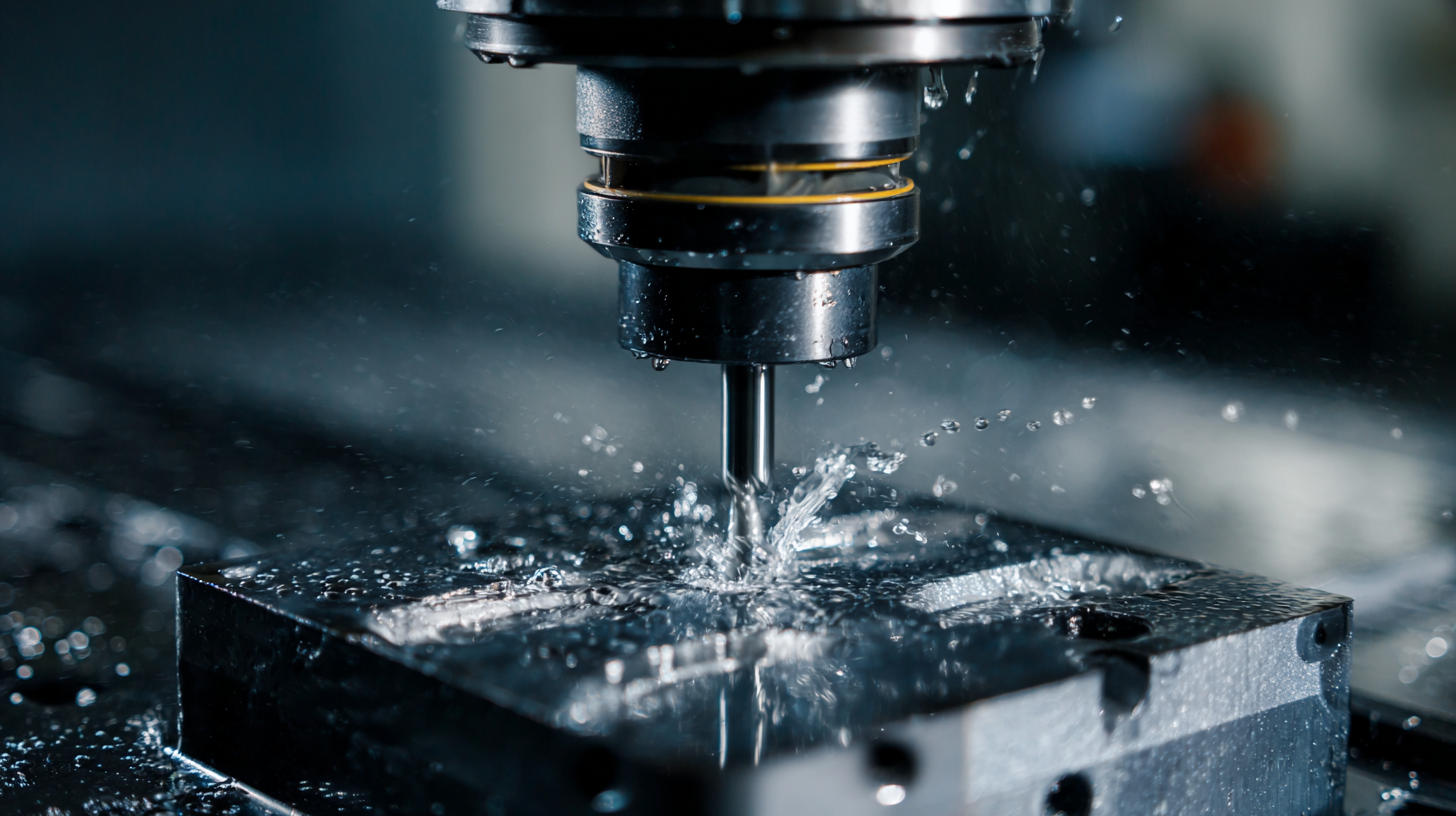
Another approach is the use of high-performance cutting tools designed for specific materials. These tools can maintain higher cutting speeds and improve material removal rates without compromising quality. Additionally, keeping tools well-maintained and properly calibrated ensures optimal performance, further reducing cycle times. Combining these strategies with effective tool wear monitoring systems can lead to timely replacements, preventing delays due to breakdowns and enhancing overall machining reliability.
By focusing on these key areas, CNC milling can achieve a balance between speed and precision, ultimately optimizing the manufacturing process.
Implementing advanced CAD/CAM software is pivotal in optimizing CNC milling operations, significantly enhancing precision and efficiency. These sophisticated tools streamline the design and manufacturing processes by allowing engineers to create detailed 3D models that can be directly translated into machine instructions. This seamless integration not only minimizes errors during fabrication but also accelerates the production timeline, enabling manufacturers to respond swiftly to market demands.
Moreover, advanced CAD/CAM software is equipped with features such as toolpath optimization, simulation, and real-time monitoring. These capabilities facilitate deeper analysis and adjustments to milling strategies, ensuring that tools are used effectively and materials are utilized efficiently. By simulating the machining process beforehand, users can identify potential issues, reducing waste and downtime. This results in higher-quality outputs while maintaining cost-effectiveness, making advanced CAD/CAM software an essential component for any CNC milling operation aiming to enhance overall performance.
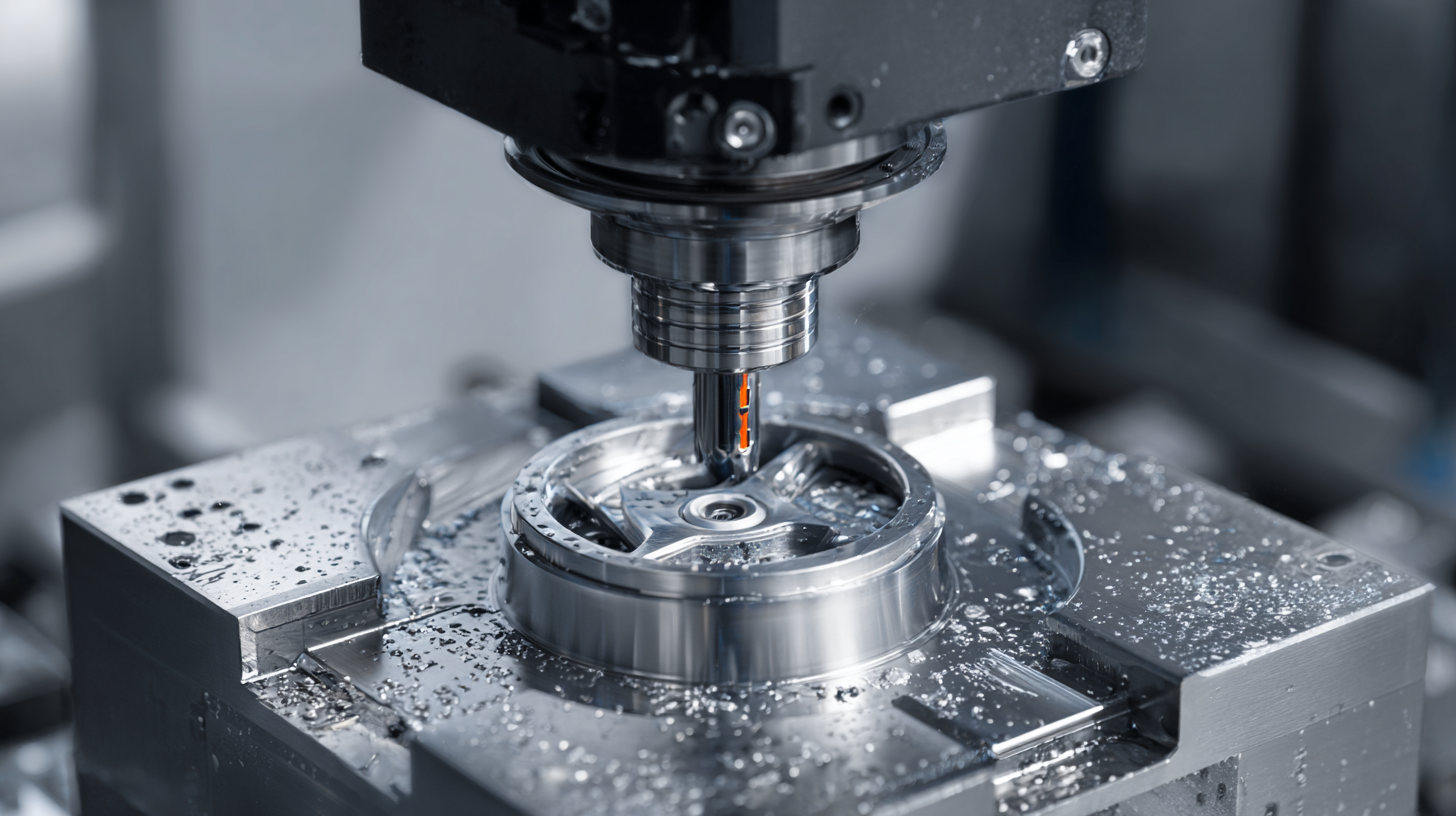
The selection of cutting tools is pivotal in enhancing precision and extending tool life in CNC milling processes. Recent studies emphasize the importance of tuning cutting conditions such as speed, feed velocity, and feed per tooth to optimize tool performance. By employing advanced lubricating and cooling techniques—such as minimum quantity lubrication (MQL) and flood cooling—manufacturers can significantly reduce tool wear and improve the surface finish of machined parts. These strategies are particularly beneficial when working with difficult-to-machine alloys that demand meticulous handling to maintain precision.
Moreover, the integration of artificial intelligence in tool wear prediction and condition monitoring highlights the shift towards smarter manufacturing processes. By utilizing low-cost data acquisition systems, companies can accurately predict the remaining useful life (RUL) of cutting tools, thereby preventing unexpected downtimes and optimizing operational efficiency. As the precision tool market continues to grow, driven by these innovative approaches, the demand for reliable cutting tools that ensure both performance and longevity is projected to rise, thereby fostering advancements in CNC milling technology.
This bar chart illustrates the relationship between various cutting tool types and their respective tool life in hours. The data indicates that carbide tools tend to last the longest, making them a preferable choice for optimizing CNC milling processes for enhanced precision and efficiency.
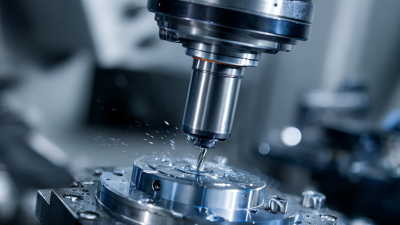


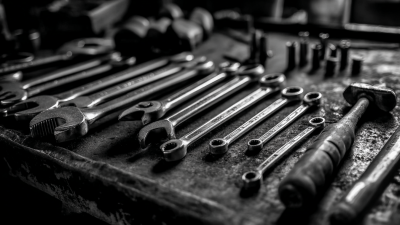


Contact
KYOCERA SGS Precision Tools, Inc.
(330) 686-5700
150 Marc Drive
Cuyahoga Falls, OH 44223
Products
Resources